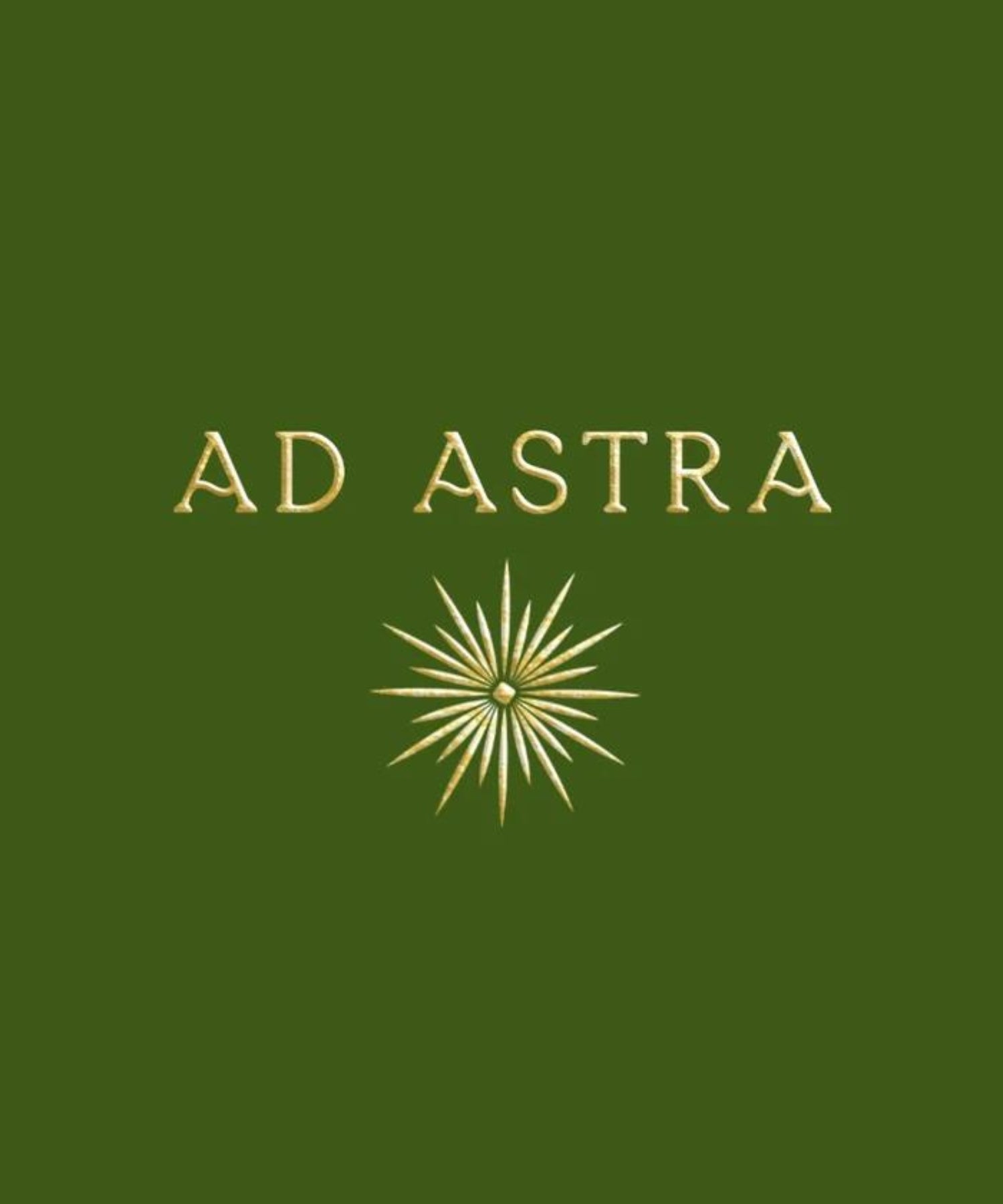History and origin of the phrase
The expression "Ad Astra" has its roots in Ancient Rome, where Latin was the dominant language. Literally, it translates as "to the stars" or "to the stars". The phrase was often used in Roman poetry and literature to describe the pursuit of excellence, whether in the military, intellectual, or spiritual fields. The Romans saw stars as symbols of greatness, inspiration and a destination to be achieved.
The original verse of the work Aeneid by the poet Virgil - “sic itur ad astra” - means “this is how one walks to the stars”, a Virgilian expression widely used during aeronautical discoveries.
Virgil, Aeneid and Ad Astra
The poet Virgil was one of the most renowned writers of Ancient Rome, whose work profoundly influenced Latin and European literature. Virgil, whose full name was Publius Vergilius Maro, was born in 70 BC in the region of present-day Italy. His most famous work is the epic "Aeneid", which is considered one of the greatest works of classical literature and it is from it that the expression “sic tur ad astra” emerged.
Virgílio began his literary career writing pastoral poetry, such as the "Bucólicas", which portrayed the simple and bucolic lives of shepherds. These works were highly praised for their lyrical beauty and symbolism.
However, it was with the "Aeneid" that Virgílio achieved his greatest recognition. This epic narrates the journey of the Trojan hero Aeneas after the fall of Troy, culminating in the founding of Rome. The work was commissioned by the Roman Emperor Augustus, and Virgil worked hard on it until his death in 19 BC. Despite not having completed the work, he asked on his deathbed for it to be burned, but Emperor Augustus did not grant this wish. and ordered the work to be published.
Virgil's influence on literature is immense. In addition to inspiring poets and writers over the centuries, his works were studied and admired by great thinkers, such as Dante Alighieri, who considered him a guiding figure in his "Divine Comedy".
Virgil is remembered not only for his exceptional poetic skill, but also for his ability to capture the values and myths of Ancient Rome in his work. His influence continues to this day, making him an eternal figure in the history of literature.

Image from the book "Aeneid" by the poet Virgílio
Translation and interpretation
Although the literal translation of "Ad Astra" is "to the stars", its meaning goes beyond the literal sense. The expression encapsulates the idea of achieving high goals, overcoming challenges and exploring the unknown. It is an invitation to courage, determination and perseverance in the face of difficulties, reminding us that, even in the face of the vastness of the universe, there is always something more to be discovered and conquered.
Cultural and historical significance
Throughout history, "Ad Astra" has been adopted by many cultures and institutions as an inspirational motto. From ancient times to the present day, it resonates as a symbol of ambition and progress. Many organizations, such as the military, space agencies, and educational institutions, use this phrase in their emblems and mottos to symbolize the pursuit of excellence and the expansion of human horizons.
Use in popular culture
The phrase "Ad Astra" has also become established in popular culture, appearing in films, books, songs, and even commercial brands. Its presence in these media reinforces its meaning as a symbol of aspiration and determination. In science fiction films, for example, it is often used to express the idea of space exploration and discovery of new worlds.
Director James Gray produced a film based on the expression “Ad Astra”, which is the title. The narrative revolves around an astronaut who embarks on a journey towards the limits of the solar system, motivated by the search for his father and the need to find a solution to avoid a dangerous experiment that represents a threat to the existence of humanity.

Poster for the film "Ad Astra"
Ad Astra in the context of space and aeronautical exploration
The expression was and still is commonly used in space and aeronautical exploration contexts, and its meaning goes beyond the literal.
For aeronautical expeditions, the expression "Ad Astra" represents not only the search for new heights and horizons, but also the overcoming of challenges and the conquest of new aerial territories. Pilots and teams involved in these expeditions often face adverse conditions, from unpredictable weather to complex technical challenges.
"Ad Astra" serves as a motto of the spirit of adventure and courage needed to face these challenges. Just like the explorers who sailed the seas in search of new lands, modern pilots brave the skies in search of new discoveries and achievements.
As space exploration advanced, "Ad Astra" acquired an even deeper meaning. For astronauts, this phrase represents not only the physical journey toward the stars, but also the quest to understand the cosmos and humanity's place in it. It is a constant reminder of the spirit of exploration that drives humanity beyond known limits.
Ad Astra
"Ad Astra" is much more than a simple Latin expression. It is a powerful symbol of aspiration, courage and perseverance that spans centuries and cultures. From ancient times to the present day, this phrase continues to inspire people of all backgrounds to pursue their wildest dreams and seek the unknown with bravery and determination. May she always remind us that although the stars may be far away, our desire to reach them never fades. The stars!



